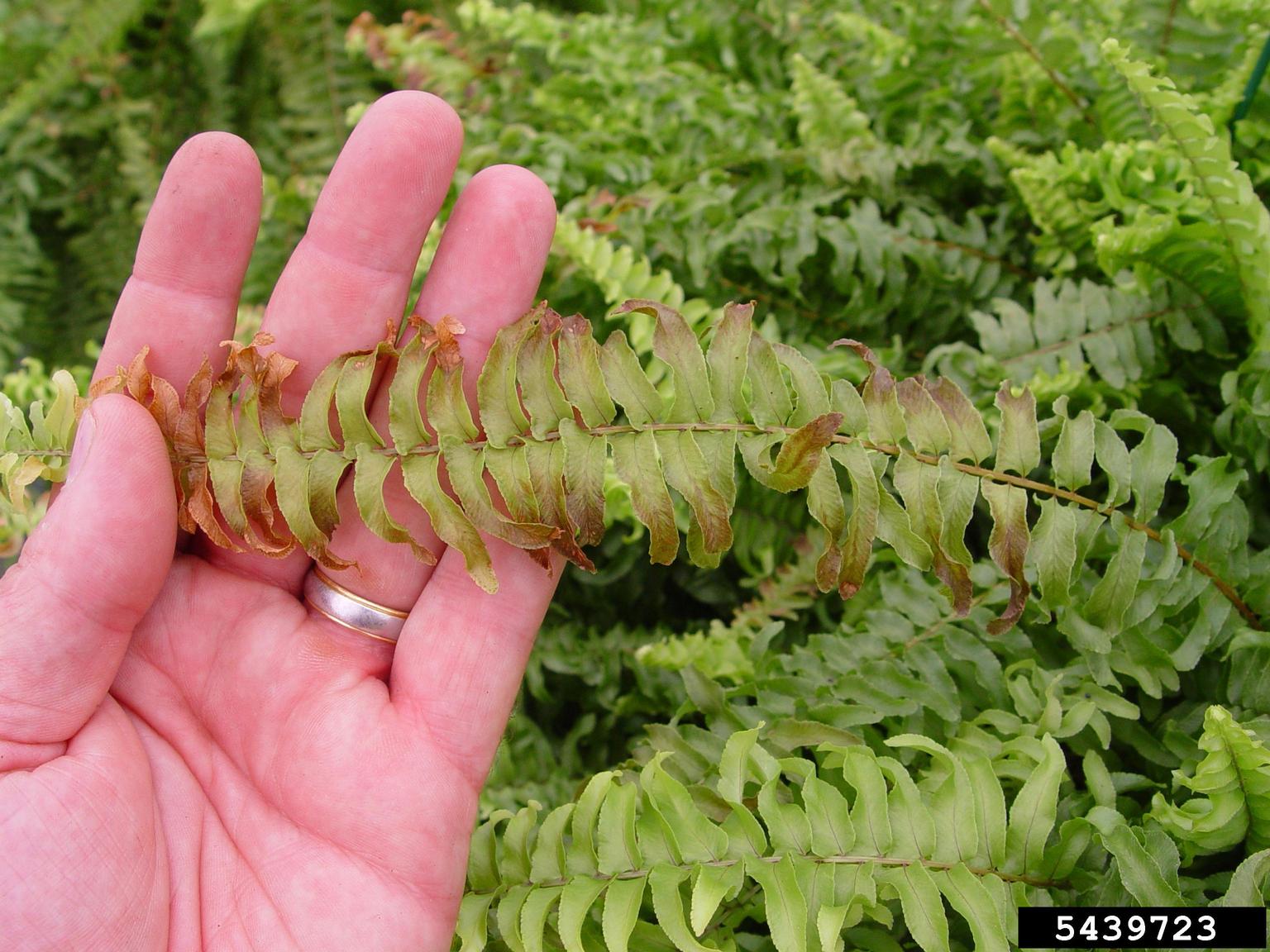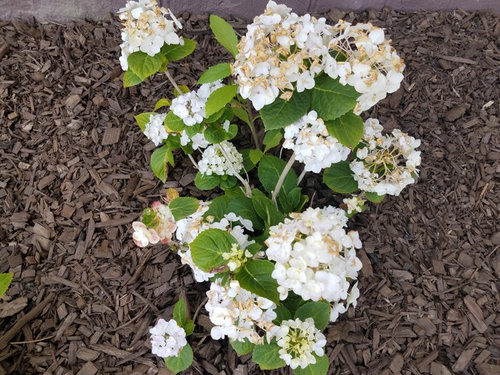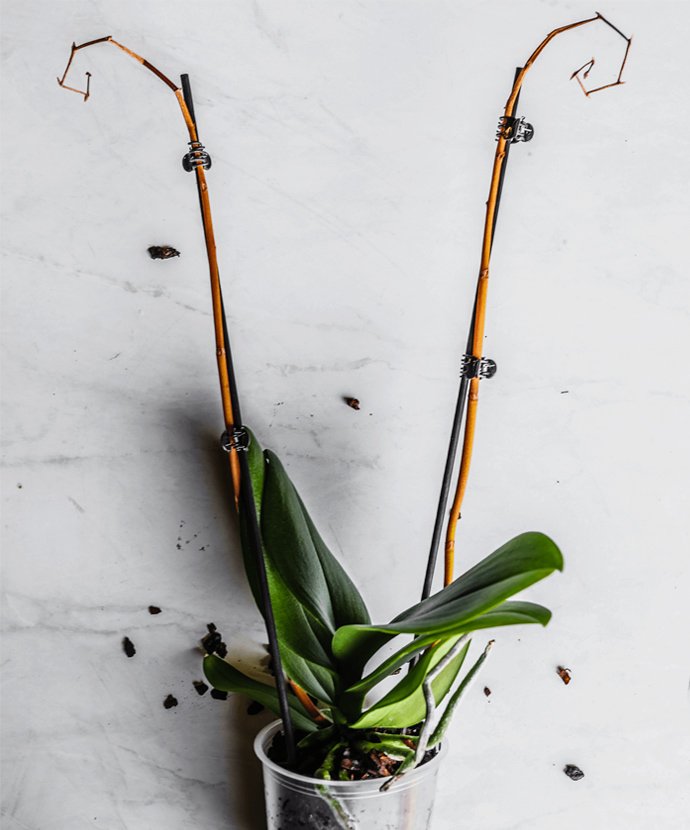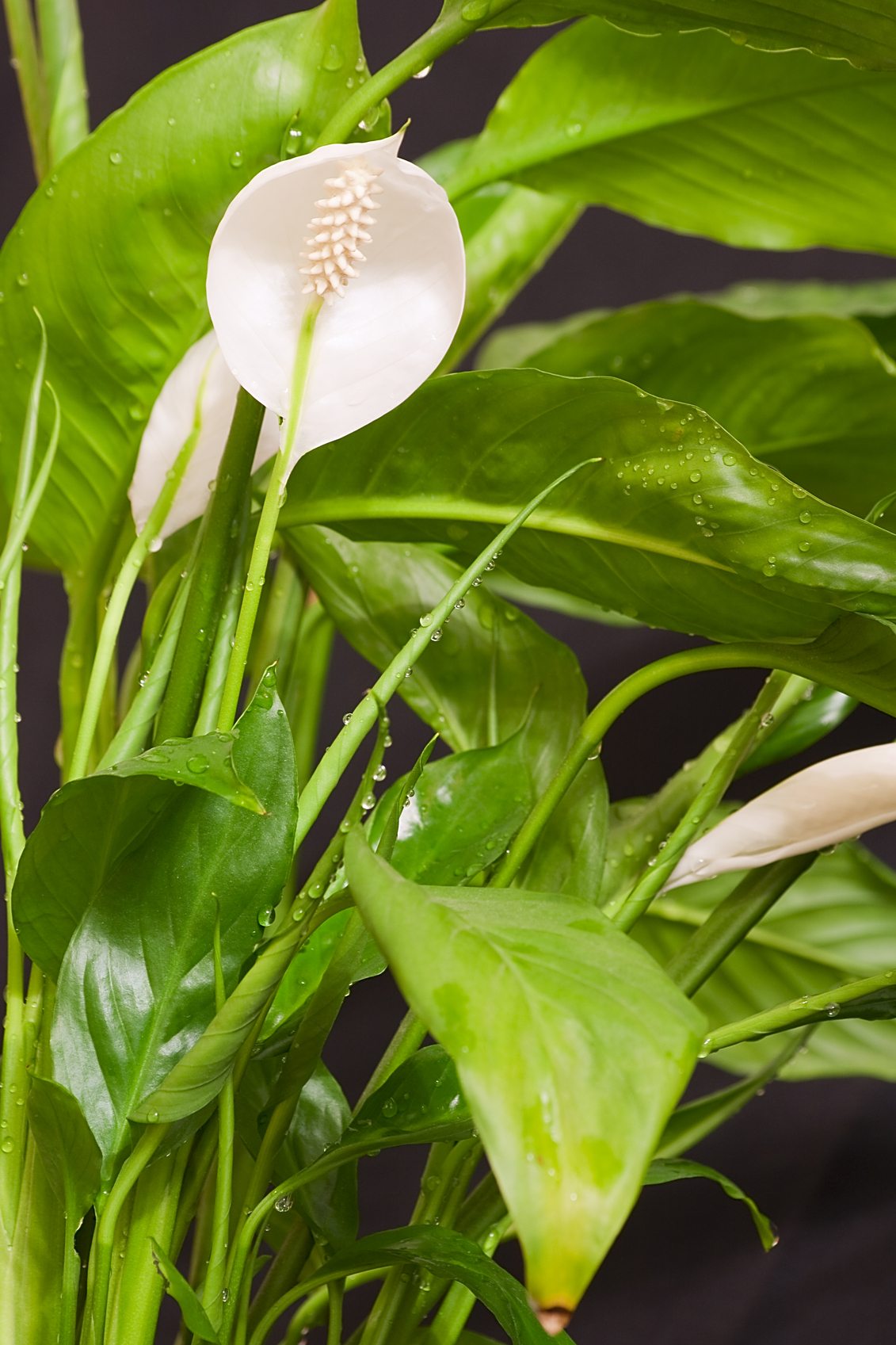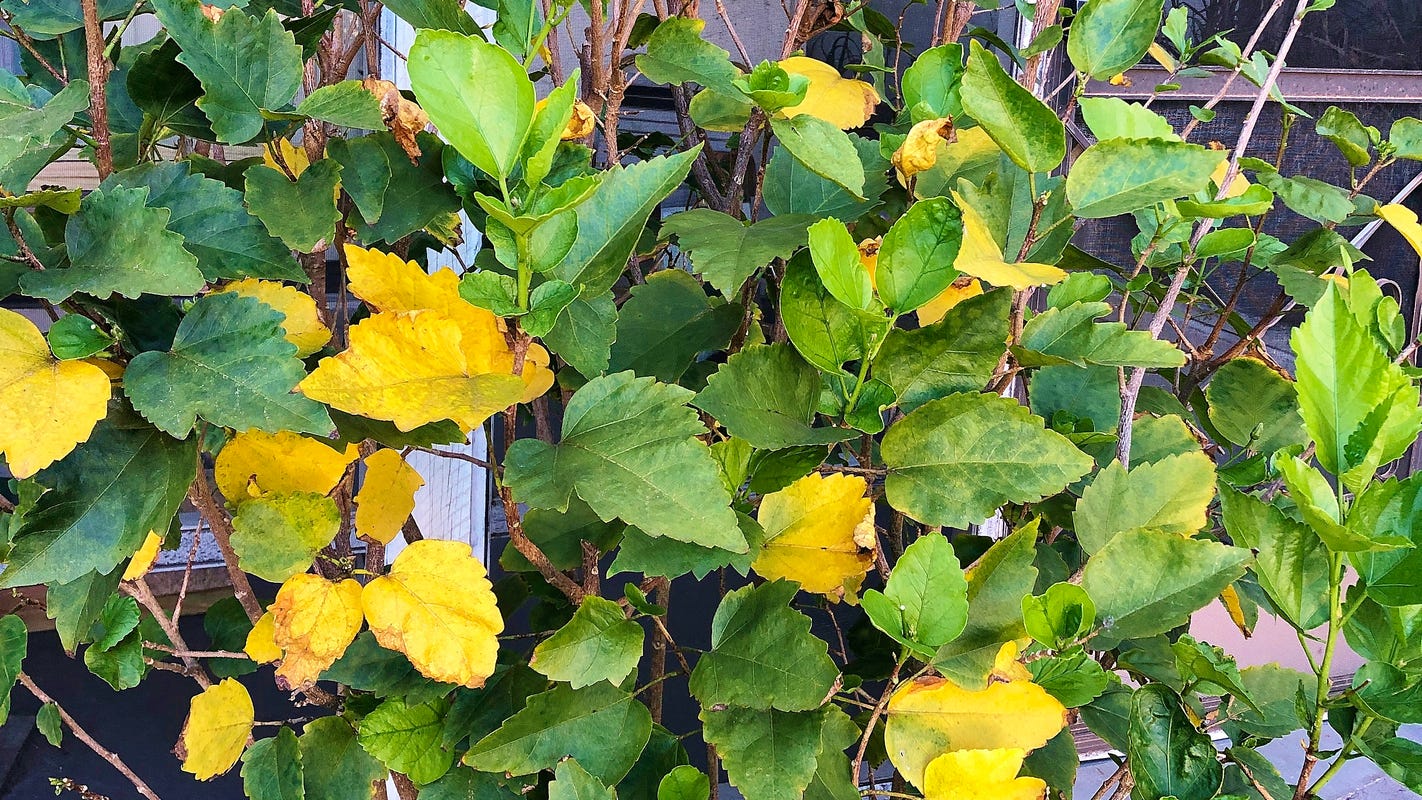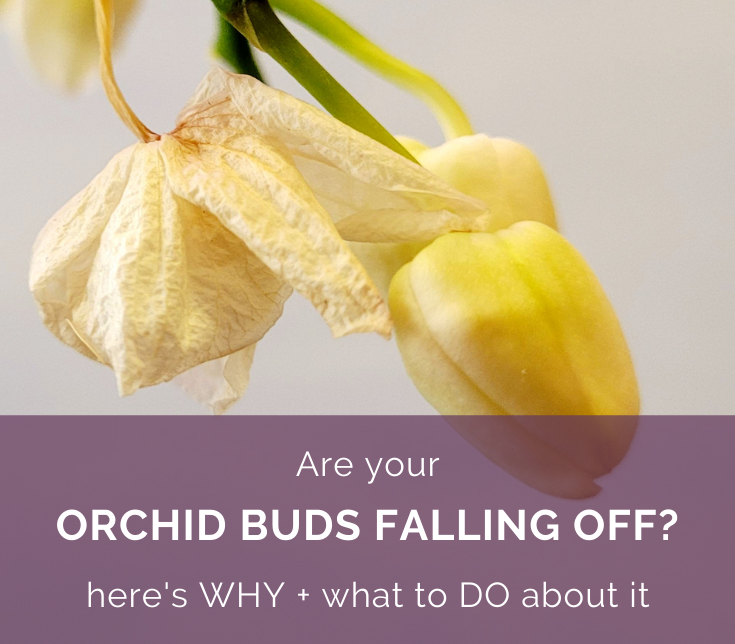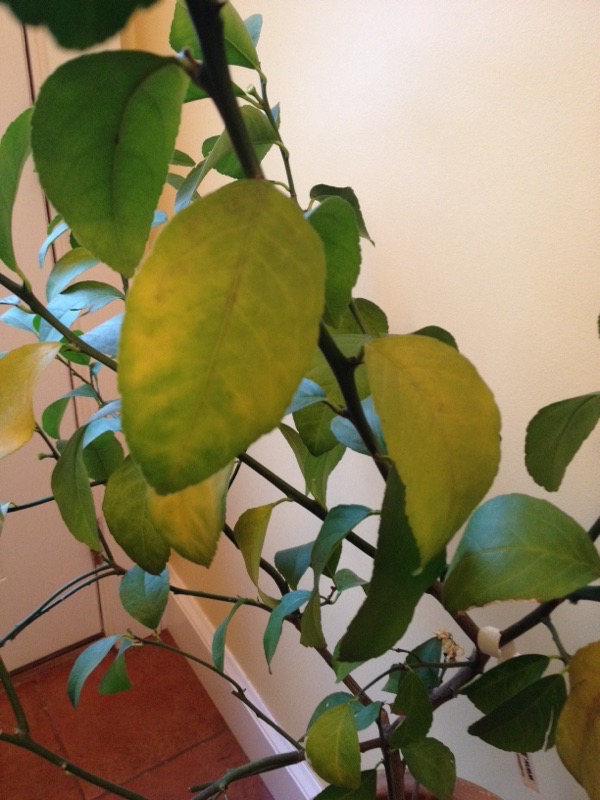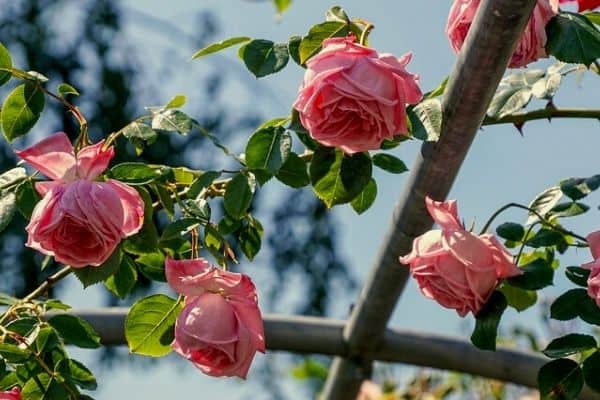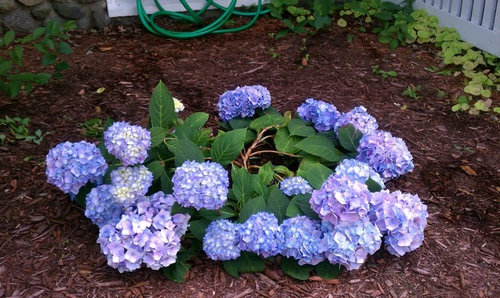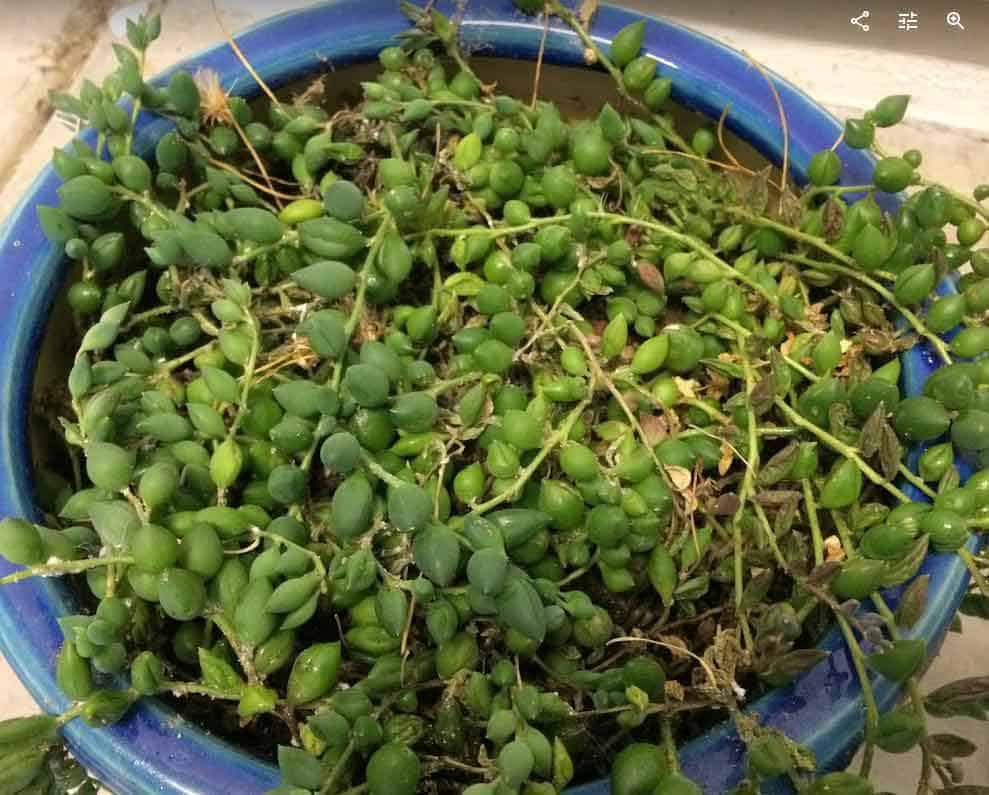Fern Turning Brown? (6 Solutions That Actually Work)
Low humidity and underwatering are the two most frequent causes of browning fern leaves. Indoor humidity is normally around 10%, which causes the leaves to lose water and turn brown and crispy at the tips. Ferns prefer a humidity of 40%. Most frequent causes of ferns becoming brown include: Causes: The cause of browning fern …

